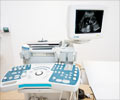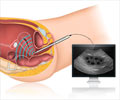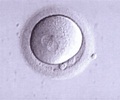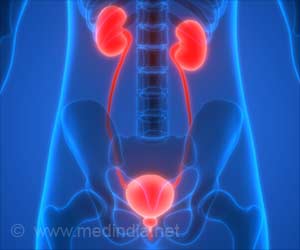Point-of-care ultrasound reduced the use of medications for blood pressure, the number of days on ventilation and proves to be cost-friendly.

‘Point-of-care ultrasound refers to the use of portable ultrasonography at a patient’s bedside for diagnostic and therapeutic purpose.’





In this controlled retrospective cohort study from researchers at Kern ICU at Legacy Good Samaritan Hospital in Portland, OR, United States, researchers examined use of POCUS ultrasound to evaluate intravascular volume status in early shock.The POCUS treatment group in the study had significantly less total time on vasoactive agents and a trend toward improved outcomes in all other measured end points when compared with the control group. These trends persisted despite the POCUS group having higher severity of illness scores.
"The use of point-of-care ultrasound by intensive care clinicians continues to increase, and studies demonstrating improvements in patient outcomes are of great importance," said Daniel Mitchell, DO, lead study author. "In this study, decreased morbidity and calculated cost savings were very promising.
Source-Eurekalert














